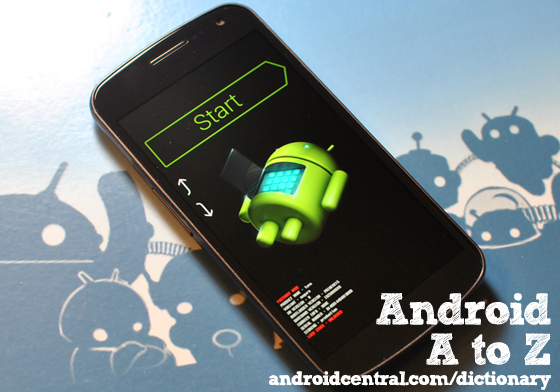Plasma/Mobile/Flashing
Flashing
For an ongoing updated guide, please follow these instructions:
Prerequisites
The device must be connected to the Linux host with the USB cable all the time, unless told to reconnect. The device must also be unlocked and prepared to be flashed, see this page for details.
Configure the host device
Install Android tools.
On Ubuntu do:
sudo apt-get install android-tools* phablet-tools
Connect the device and type:
lsusb
an output like this will come out:
Bus 004 Device 010: ID 18d1:4ee1 Google Inc. Nexus 4 / 10
18d1 is the vendor id, 4ee1 is the product id.
Numbers may change with other devices.
Create /etc/udev/rules.d/51-android.rules with:
SUBSYSTEM=="usb", ATTR{idVendor}=="18d1", MODE="0666"
SUBSYSTEM=="usb", ATTR{idVendor}=="18d1", ATTR{idProduct}=="4ee1", SYMLINK+="android_adb"
SUBSYSTEM=="usb", ATTR{idVendor}=="18d1", ATTR{idProduct}=="4ee1", SYMLINK+="android_fastboot"
replace vendor and product identifiers with yours.
Now Reload uev's rules to make these changes effective:
sudo udevadm control --reload-rules
Reconnect your device.
Type:
sudo adb devices
your device will be listed.
Unlock the device
Go to the bootloader:
- Power off the phone
- Keep volume down and power pressed together until the bootloader is shown (the bootloader has an android with the lid open like this:
 )
)
From the Linux host type:
sudo fastboot oem unlock
Select "Yes" on the phone using volume keys, confirm pressing the power key once.
Now reboot:
sudo fastboot reboot
Since unlocking wipes data, Android will restart the first time wizard. Let the wizard come up, then press Power button to just power off the phone, you will not need to complete the wizard.
Flashing Plasma Mobile
For an ongoing updated guide for all flashing options, please go here:
Basic Device Setup after flashing is done
After installation, enable ssh:
Make sure the device is connected through your USB port, then log in to it using
sudo adb shell
Optionally you can make this shell have bigger 'inner' size by running
stty rows 40 cols 160
This is not needed but will make the line not break when entering long commands. Adjust the rows and cols according to your screen/settings.
Writable root
By default, the root filesystem is read-only. Not too useful for developers. A script is run on first boot to make it writable and makes a stamp file ```plasma-phone-devel-setup-run```, check this file exists then run
sudo reboot
and it will boot up with writable root.
The verbose version (so you know what's going on):
sudo touch /userdata/.writable_image sudo touch /userdata/.adb_onlock sudo reboot
Resizing the root parition
In order to have enough space available for installing stuff, you should resize the root partition using
sudo resize-root-partition
This resized your root partition to about 6GB
Enable SSH access
After reboot above for writeable root it should then run sshd, it will make the stamp file ```plasma-phone-devel-setup2-run```.
If not run it manually:
sudo ssh-setup
The verbose version (so you know what's going on):
sudo bash echo manual > /etc/init/ssh.override echo "exec /usr/sbin/sshd -D -o PasswordAuthentication=yes" >> /etc/init/ssh.override sudo service ssh start sudo setprop persist.service.ssh true sudo reboot
Connect Wifi
We've included a small script which sets up a wifi connection (WPA-PSK) for NetworkManager. This can be run once writeable root is set up (as above).
wifi-setup SSID PASSWORD
If you're using a different security mechanism for your wifi network, it's time to read the nmcli documentation. Look into /usr/bin/wifi-setup for inspiration.
On and on...
Now follow the instructions for your Development Setup to get going.

